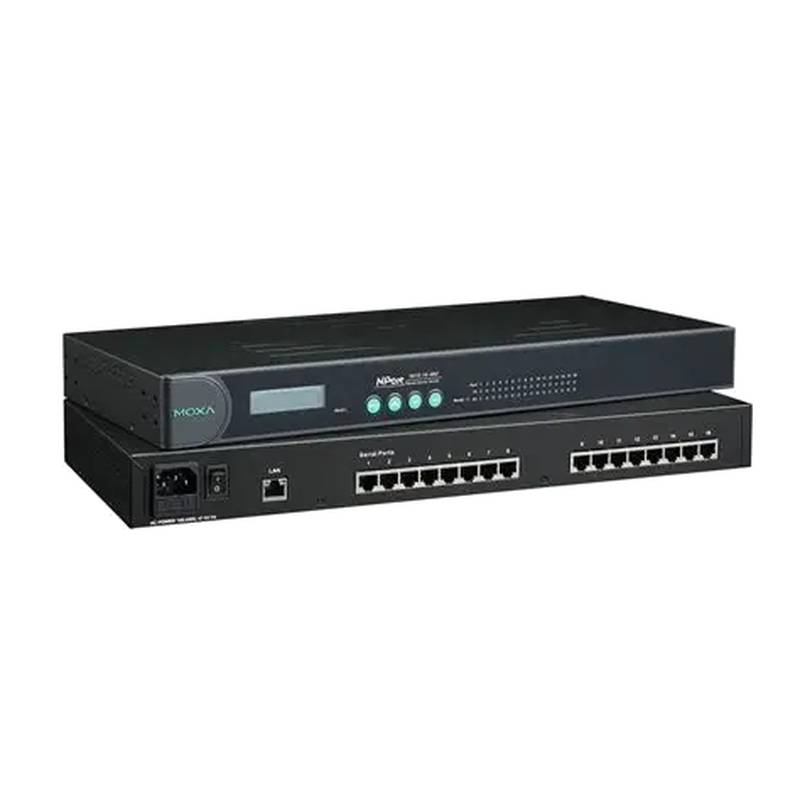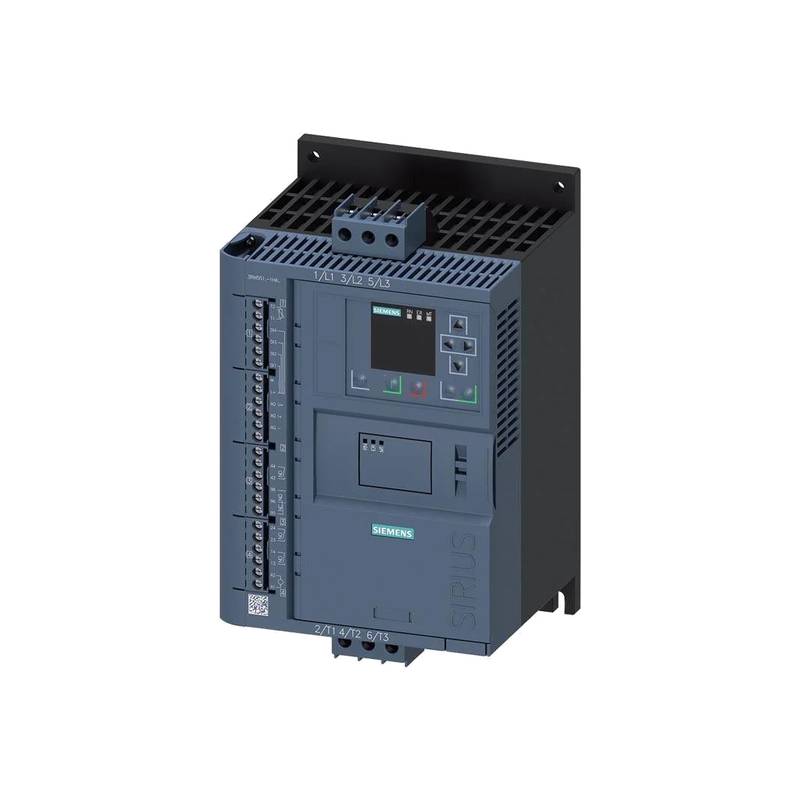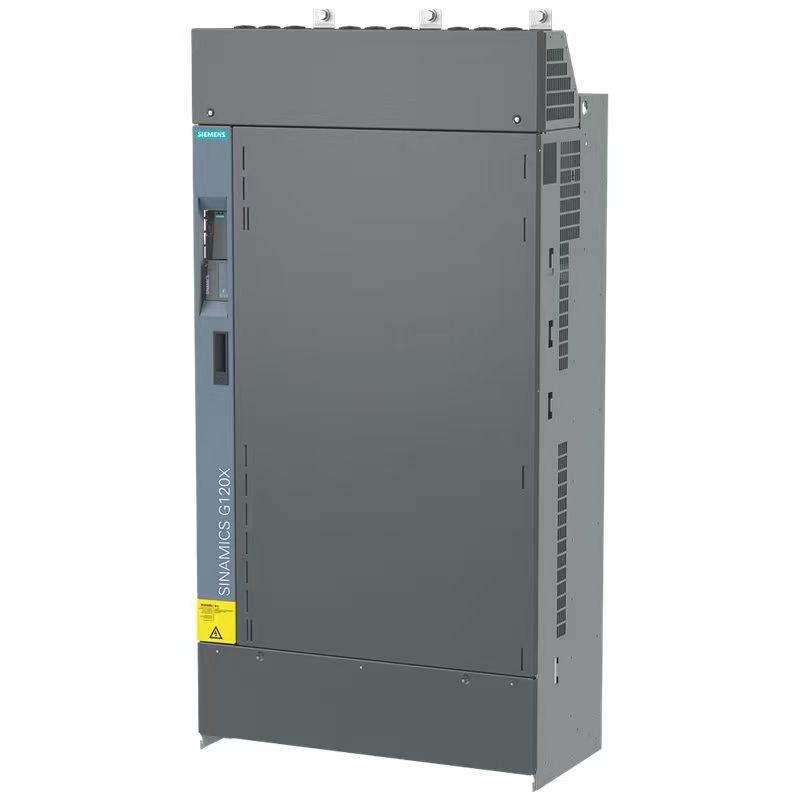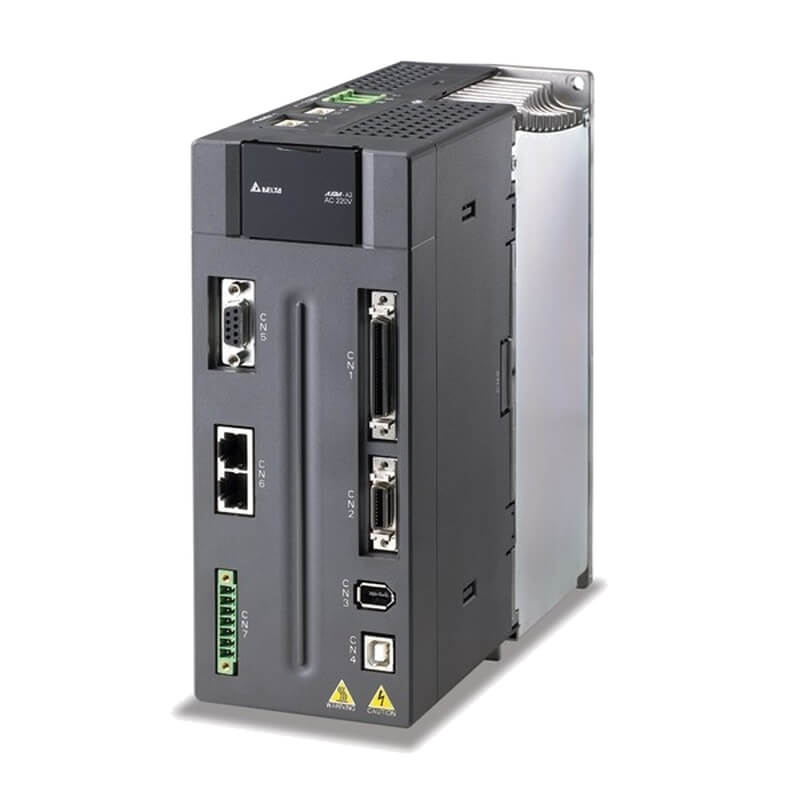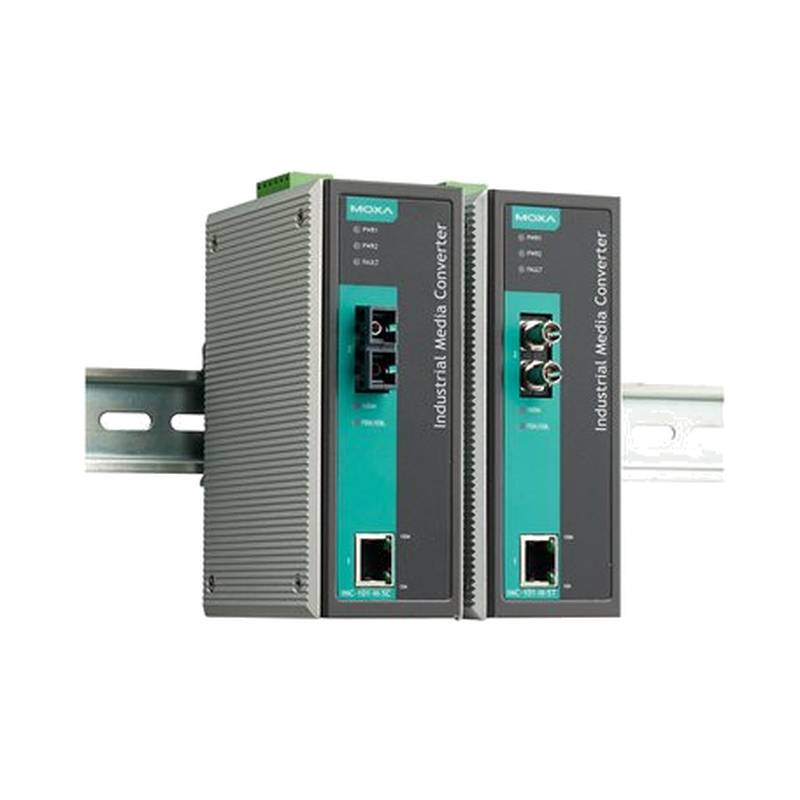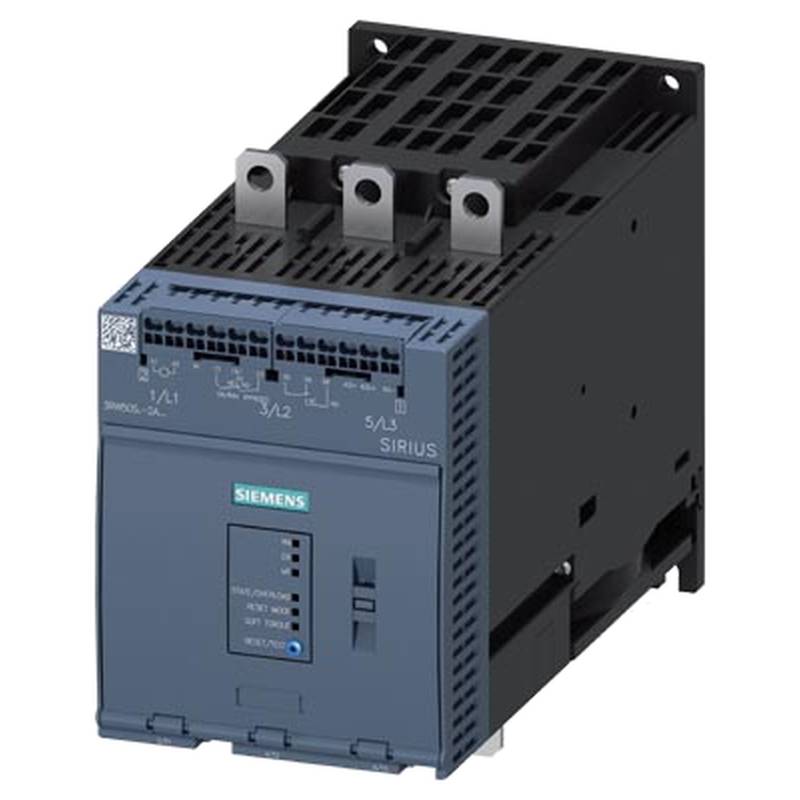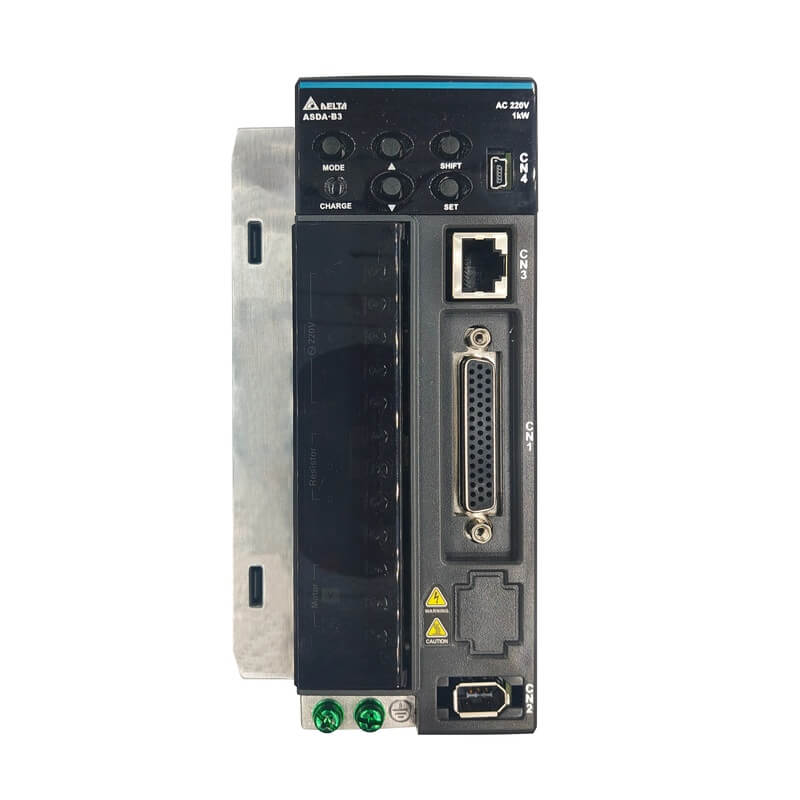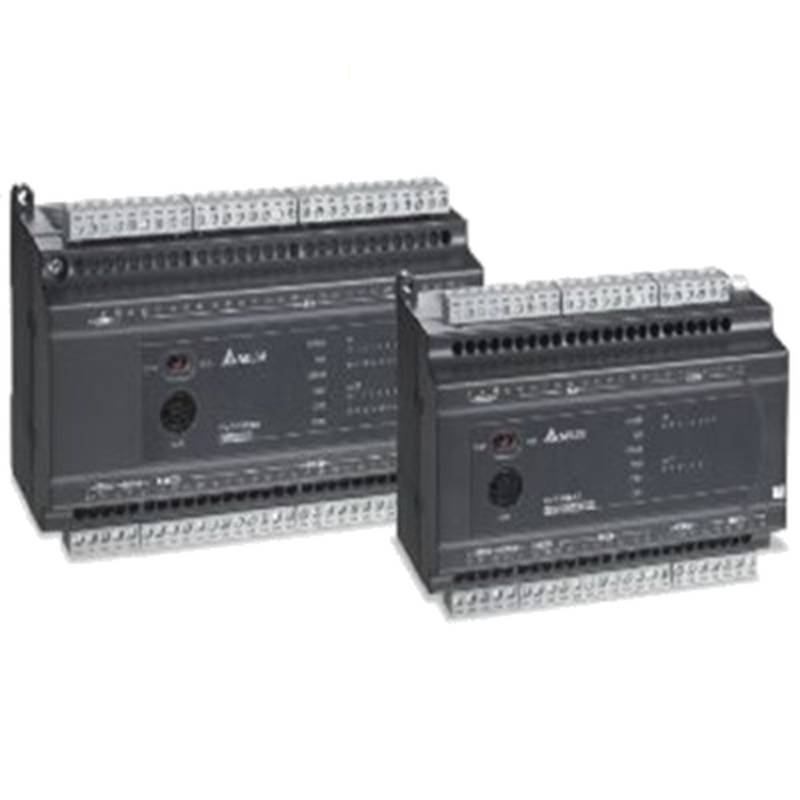
The Moxa NPort 5630-16 is a robust, 16-port RS-422/485 industrial communication platform engineered for seamless serial-to-Ethernet connectivity in demanding environments. Its key advantages lie in its high port density, industrial-grade reliability, and extensive protocol support, making it an ideal solution for expanding serial device connectivity across industrial networks. Crucial technical parameters include 16 RS-422/485 ports, 10/100BaseT(X) Ethernet connectivity, and a wide operating temperature range from -40 to 75°C, ensuring dependable operation in extreme conditions. The device supports TCP Server, TCP Client, UDP Server, UDP Client, and Ethernet/Serial Real COM modes, offering versatile integration options.
Product Specifications
| Feature | Specification |
| :-------------------- | :------------------------------------------------ |
| Serial Ports | 16 RS-422/485 ports |
| Ethernet Interface | 10/100BaseT(X) |
| Serial Speed | Up to 921.6 kbps |
| Operating Temperature | -40 to 75°C |
| Power Input | 12-48 VDC |
| Protocol Support | TCP Server/Client, UDP Server/Client, Real COM |
| Mounting | DIN-rail |
| Dimensions | 218 x 143 x 34 mm |
| Warranty | 5 years |
Core Features & Market Positioning
The Moxa NPort 5630-16 distinguishes itself in the industrial communication market through its exceptional port density, allowing a significant number of serial devices to be connected to an Ethernet network via a single unit. This concentration of connectivity reduces the need for multiple devices, simplifying infrastructure and lowering costs. Its industrial-grade design, including a wide operating temperature range and robust casing, ensures reliability in harsh environments where other devices might fail. Moxa's reputation for robust networking solutions and strong technical support further solidifies the NPort 5630-16's position as a preferred choice for mission-critical applications requiring stable and efficient serial-to-Ethernet conversion. The platform's flexibility in supporting various TCP/IP modes and serial communication parameters allows for deep integration into diverse industrial automation systems.
Key Application Scenarios
The Moxa NPort 5630-16 is instrumental in bridging legacy serial devices to modern IP networks across numerous industrial sectors. In manufacturing automation, it facilitates the connection of PLCs, CNC machines, and data acquisition systems to SCADA or MES platforms for enhanced monitoring and control. In the energy sector, it's vital for connecting intelligent electronic devices (IEDs), meters, and remote terminal units (RTUs) in substations and power generation facilities for real-time data telemetry. Furthermore, its application extends to building automation, enabling the integration of HVAC systems, security sensors, and access control devices into a centralized management system. Transportation infrastructure also benefits, with applications in traffic signal control, railway signaling, and tunnel monitoring systems, where reliable serial communication is paramount.
Practical System Integration Guidance
Integrating the Moxa NPort 5630-16 into an existing industrial network is a straightforward process, typically involving DIN-rail mounting and connecting power and Ethernet cables. For serial connections, users must select the appropriate RS-422 or RS-485 wiring configuration based on their connected devices, ensuring proper termination for optimal signal integrity. Initial device configuration is often performed using Moxa's Windows-based utility, Moxa PComm Plus, or via a web browser interface. This allows for setting IP addresses, subnet masks, and serial port parameters such as baud rate, data bits, parity, and stop bits to match the connected serial devices. For advanced integration, users can leverage the NPort's Real COM mode to create virtual serial ports on their host PC, enabling existing Windows applications to communicate with serial devices over the network as if they were directly connected.
Operation and Risk Mitigation
Operating the Moxa NPort 5630-16 requires adherence to its specified power input range of 12-48 VDC to prevent damage. Ensuring proper grounding and robust cabling practices in industrial environments is critical to mitigate electromagnetic interference (EMI) and electrical noise that can disrupt communication. Users should regularly monitor device status through its web interface or network management tools, paying attention to LED indicators for power, network activity, and serial port status. Common troubleshooting steps involve verifying network connectivity, confirming serial port settings match connected devices, and checking for physical connection integrity. In scenarios with high serial traffic, configuring the NPort's TCP Server/Client mode to optimize data flow and minimize latency is advisable. Regularly updating firmware from Moxa's official website is a key risk mitigation strategy, as updates often include performance enhancements and security patches.
Scalability & Long-Term Value
The Moxa NPort 5630-16 offers significant scalability, primarily through its high port density, allowing organizations to connect a large number of serial devices to their network without requiring extensive hardware infrastructure. Its compatibility with a wide array of industrial protocols and its ability to function in various network topologies ensure seamless integration with existing automation systems and future upgrades. For organizations moving towards Industrial Internet of Things (IIoT) architectures, the NPort serves as a crucial gateway, converting serial data into a format accessible by cloud platforms and data analytics software. Moxa's commitment to long-term product support and firmware updates provides assurance of continued operability and security, maximizing the return on investment and ensuring the device remains a valuable component of the industrial network for years to come.
Frequently Asked Questions
What is the primary function of the Moxa NPort 5630-16?
The Moxa NPort 5630-16 acts as a serial device server. It converts data from up to 16 RS-422/485 serial ports into Ethernet data. This allows legacy serial devices to communicate over modern TCP/IP networks.
How does it facilitate industrial communication?
It bridges the gap between older serial communication protocols and current Ethernet infrastructure. This enables seamless data exchange between industrial equipment like PLCs and SCADA systems. It also supports various TCP/IP modes for flexible network integration.
What are the benefits of using this device?
It significantly increases the number of serial devices that can be connected to a network. This reduces cabling complexity and overall infrastructure costs. Its industrial-grade design ensures reliable operation even in harsh environmental conditions.
How do I configure the serial port settings on the NPort 5630-16?
Serial port settings, including baud rate, data bits, parity, and stop bits, are configured via the device's web interface or Moxa's utility software. These settings must precisely match the requirements of the connected serial device. Correct configuration is essential for successful communication.
What happens if the serial port settings do not match?
If the serial port settings are mismatched, communication between the NPort and the serial device will fail. This can result in lost data, errors, or no data transmission at all. Double-checking these parameters is a critical troubleshooting step.
Where can I find the configuration software for the NPort 5630-16?
The primary configuration software, such as Moxa PComm Plus, is available for download from Moxa's official website. This software provides a user-friendly interface for initial setup and management. Ensure you download the correct version for your operating system.
Can the NPort 5630-16 connect to wireless networks?
No, the Moxa NPort 5630-16 is designed for wired Ethernet connections, specifically 10/100BaseT(X) Ethernet. It does not have built-in Wi-Fi capabilities. Wireless connectivity would require an external access point or bridge.
Does it support RS-232 communication?
The Moxa NPort 5630-16 specifically supports RS-422 and RS-485 communication protocols. It is not designed for RS-232 communication. For RS-232 connectivity, a different Moxa NPort model would be required.
What is the warranty period for the Moxa NPort 5630-16?
Moxa typically offers a substantial warranty period for its industrial networking products. The NPort 5630-16 comes with a 5-year warranty. This reflects Moxa's confidence in the product's durability and reliability.
How can I troubleshoot a connection issue with the NPort 5630-16?
Begin by checking all physical connections, including power and Ethernet cables. Verify that the IP address and subnet mask are correctly configured. Confirm that the serial port settings match the connected device. Review the device's LED status indicators for clues.














